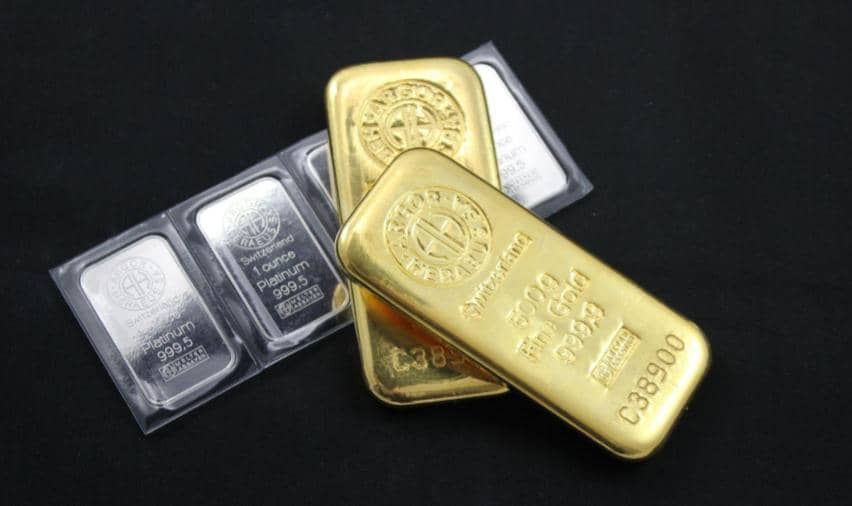China and its policy responses to ensure a recovery in the second half of the year

17 AUG, 2022
By

The Chinese authorities have responded in a major way and are expected to do more. As the country was locking down in March-May, both monetary and fiscal authorities have been responding to the urgency of stimulating the economy.

On the monetary policy side, the PBOC is the only major central bank that is currently still easing, helped by lower inflation pressures compared to other countries. In April, the central bank cut the Reserve Requirement Ratio (RRR) for commercial banks operating within administrative areas and rural banks with an RRR above 5% by 25 bps, releasing CNY 530bn (USD 78.5bn) of liquidity. In May, the 5-year loan prime ratio, a benchmark rate for home mortgages was also cut by 15 bps to 4.45% to support the overall economy and house purchases.
At the same time, at the end of April, President Xi pledged a strong rise in infrastructure spending in order to promote growth and employment. Such measures will mainly target the transport, energy and water management sectors, but some of the money will also flow into non-traditional spending such as data centres. By June, local governments already met their annual quota for issuance of special government bonds of CNY 3.65tn (USD 540bn). Such stimulus is out of ordinary and outpaces the issuance of 2020. Furthermore, more issuance is expected as CNY 1.5tn are expected to be frontloaded from the 2023 issuance quota.
Additional measures have also been taken, from tax cuts to the recent creation of a CNY 500bn infrastructure investment fund that should be operational in Q3. Summing up all these actions, the fiscal boost to the economy should be above CNY 7tn, three times what we had in 2021.
Can the economy recover in the second half of 2022?
The economy already rebounded in June when lockdowns were lifted. Manufacturing PMI moved to 50.2 from 49.6, while both CAPEX and retail sales growth accelerated. Going forward, we believe that the economy can rebound from the depressed levels of the second quarter given the strong infrastructure stimulus. Of course, the re-imposition of hard lockdowns affecting large portions of the domestic economy like in Q2 would weigh on consumer spending and industrial activity, weakening the expected economic rebound. We don’t expect China to exit its zero-tolerance Covid policy any time soon, at least until the end of the 20th Communist Party National Congress in Q4.
As President Xi is looking for a third term, he cannot afford a pick-up of deaths from Covid infections. As vaccinations of vulnerable people are continuing, by the time of the Congress we should also see a noticeable pick-up in the number of vaccinated people, and this should also help with potentially exiting the zero-tolerance strategy. From April to July, the share of population older than 60 that has received a booster shot increased from 52% to 64%. While we await more evidence on this subject, we remain confident that the Chinese authorities have the fiscal and monetary tools to stimulate the economy, and even do more if needed.
Related articles
 What are the perspectives for commodities? What is the global impact of them?
What are the perspectives for commodities? What is the global impact of them?By Marco Mencini

